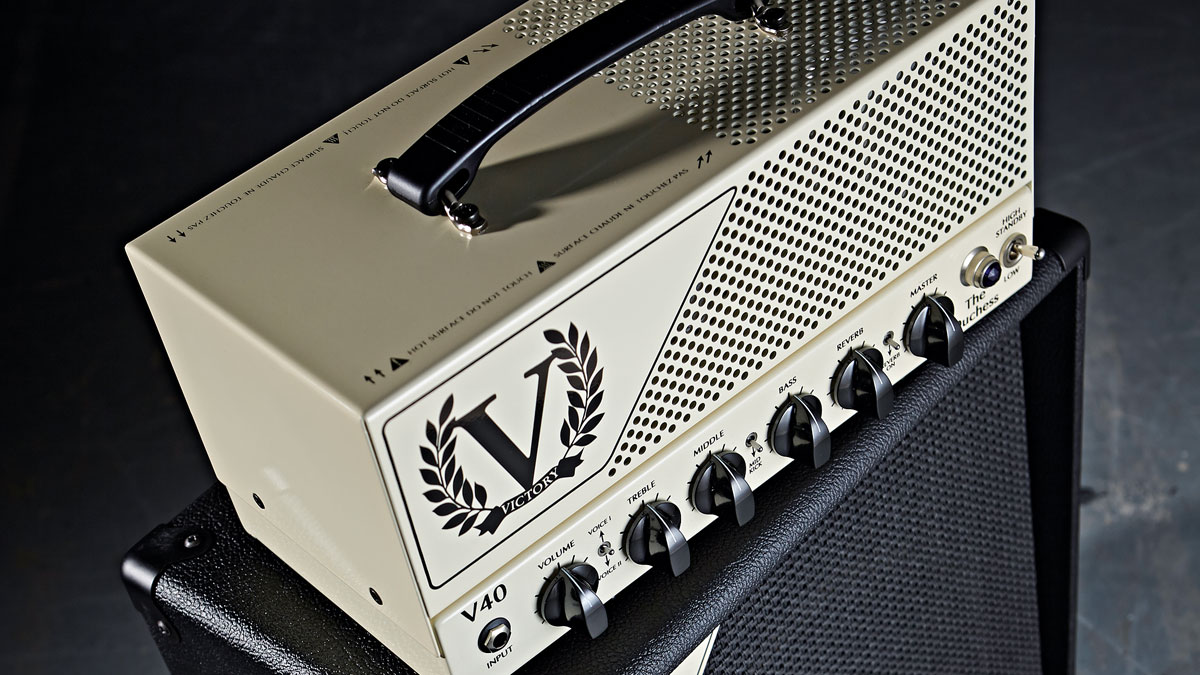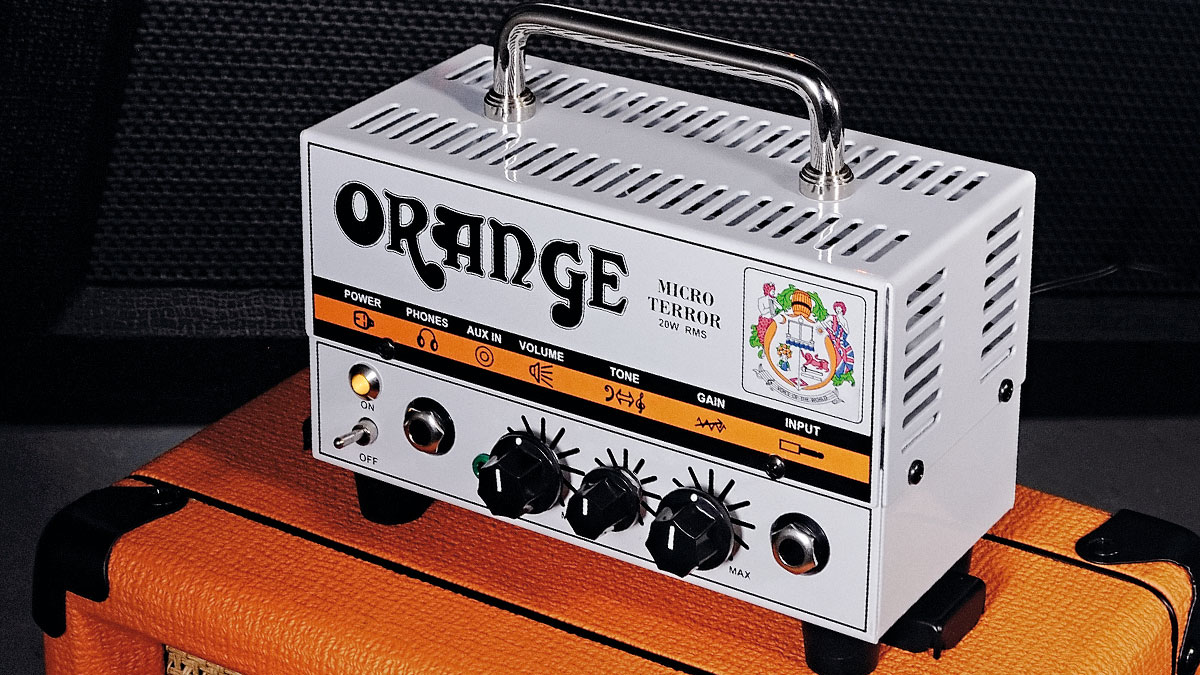
Introduction
Small amps are in vogue today like never before, so it seems. However, they’ve been with us since the beginning of the electric guitar and they never really went away.
The very earliest guitar amps were based on radio circuits and cabinet designs
The very earliest guitar amps were based on radio circuits and cabinet designs dating back to the 1920s and 1930s - hence the low outputs, wooden cabinets and occasionally ornate speaker grilles found on many early combos, such as Epiphone’s 1930s ‘Century’.
At the same time, the metal case ‘lab equipment’ cabinet could be found on amplifiers whose heritage was based on public address and recording products, including New York’s McIntosh Labs power amps - over 25,000 watts of which powered the Grateful Dead’s legendary Wall Of Sound way back in 1974; or the less well-known, but equally influential Vortexion, made closer to home in Wimbledon, which drove many British dancehall PA systems back in the 1940s.

A seismic shift
By the late 1950s, popular music was undergoing its biggest-ever seismic shift, with the advent of rock ’n’ roll. At the time, one of the biggest amps around was Fender’s tweed Twin, although many guitar players favoured the 4x10 tweed Bassman, which was less powerful in watts, but had four 10-inch loudspeakers.
Many guitarists continued to use smaller valve practice amplifiers in the studio, like Fender’s five-watt tweed Champ
Guitarists tended to favour bigger amps due to the shortcomings of PAs, which were often purely for vocal reproduction. By the mid-60s, players such as Ritchie Blackmore and Pete Townshend wanted more - a lot more! - and pestered a certain Hanwell drum-shop owner to make an amplifier that eclipsed the Bassman, both in size and power.
This ushered in the arrival of the iconic Marshall stack, which - thanks to its use by Townshend, Blackmore, Page, Clapton and a certain James Marshall Hendrix - forged the template for modern electric guitar amplification.
By now, amplifier distortion had become an integral part of the electric guitar’s voice, but in those early pre-master-volume days, no recording engineer wanted to deal with a 100-watt stack running at full tilt.
Instead, many guitarists continued to use smaller valve practice amplifiers in the studio, like Fender’s five-watt tweed Champ, or the slightly more powerful ‘blackface’-era Princeton Reverb, which have appeared on countless million-selling albums.

A new era
Rack systems and high-powered small Californian combos aside, that was pretty much the status quo, until the more recent advances in PA systems and in-ear monitoring, together with a second digital explosion in home recording, both of which favoured smaller low-powered amplifiers.
It was Orange’s more accessible 15-watt Tiny Terror, which came along five years later, that really captured our attention
One of the first modern designs to feature a metal case and low-output power stage was THD’s UniValve, released in 2001, but it was Orange’s more accessible 15-watt Tiny Terror, which came along five years later, that really captured our attention and proved phenomenally successful, with over 30,000 sold worldwide.
Not surprisingly, almost everyone jumped on the bandwagon and today, many manufacturers’ catalogues feature at least one mini amp of some sort, as evidenced by Peavey’s latest Mini Heads.
But will Orange’s Micro Dark set off a new trend for even smaller amps we can all carry in a gigbag? Only time will tell, but you can bet a lot of manufacturers will be following that amp’s popularity with more interest than usual.
Guitarist is the longest established UK guitar magazine, offering gear reviews, artist interviews, techniques lessons and loads more, in print, on tablet and on smartphones
Digital: http://bit.ly/GuitaristiOS
If you love guitars, you'll love Guitarist. Find us in print, on Newsstand for iPad, iPhone and other digital readers


